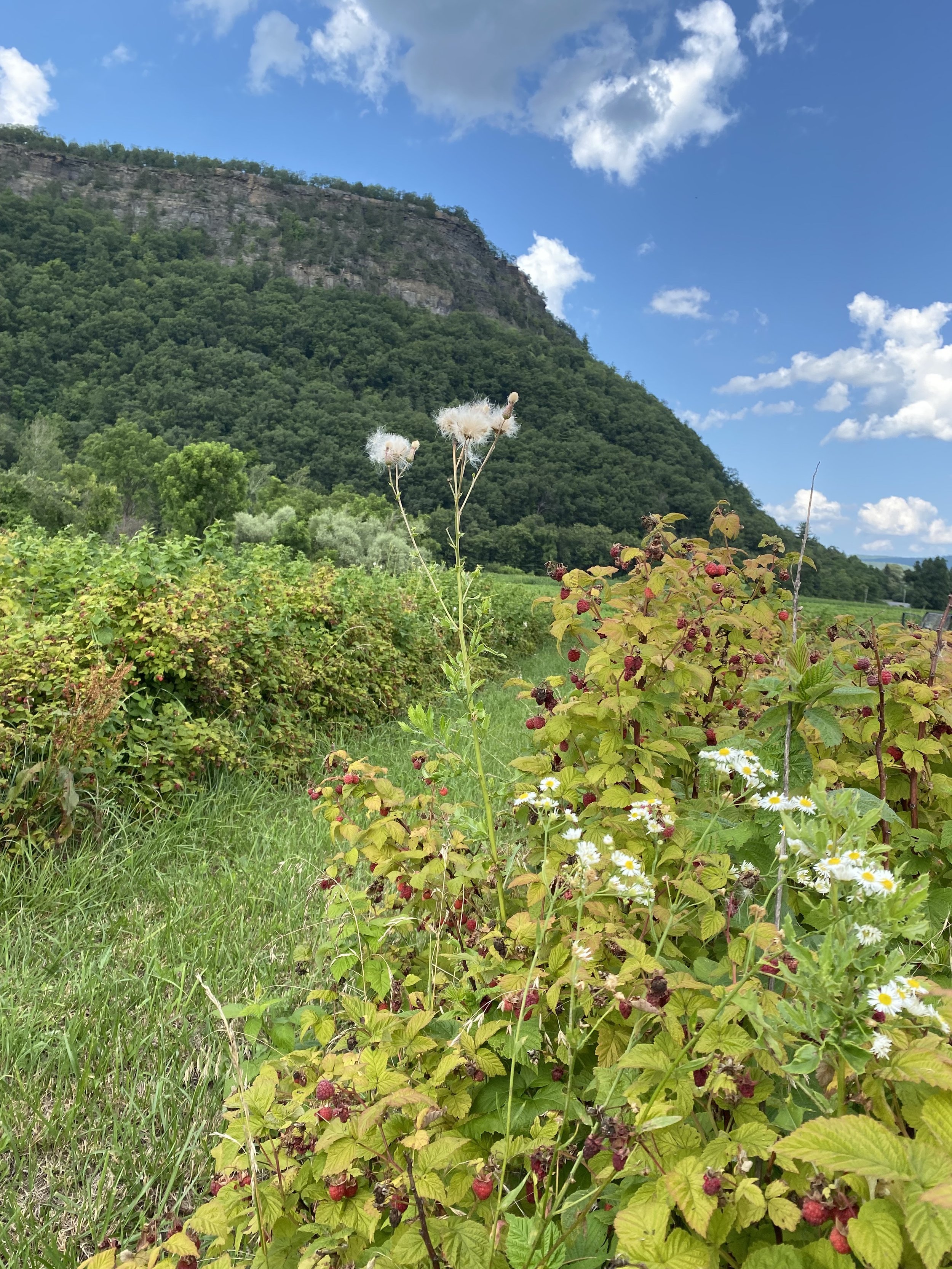Excited about Rematriation
Waterfall sacred to the Kanien’kehá:ka people. Photo by me.
APPLICATIONS ARE DUE FOR DECOLONIZING WHITENESS TOMORROW!
As I prepare to co-host a second Decolonize Race gathering for White descendants of European settlers with my dear friend, Roan, my lineages have been on my mind. I know that colonization and settler colonialism are ongoing and in the present, not just historical events. And, because my ancestry includes many people who left their ancestral homelands in 1600s Europe (England, Netherlands) to settle along the coast of what is now called New York up through New Hampshire, I am seeking more nuanced and meaningful ways to relate to what happened and why, and ways to support Indigenous sovereignty and *rematriation* in North America. Especially in the places my ancestors claimed as theirs, made families and homes, and accumulated land and money. The earliest known ancestor in my father’s father’s line is Hendrick Martensen Wiltse, who was employed by the Dutch West Indian Company, and was among the founders of Albany and Kingston NY (then known as Fort Orange and Wiltwijck) in the mid-1600s.
*Rematriation is defined by Sogorea Te’ Land Trust as the restoration of a people to their rightful place in sacred relationship with their ancestral land.*
So, when I pulled up to a (AirBnB rental) farmhouse in rural central New York about a month ago with my dog, partner and two kids, I was astonished and giddy excited to learn that my intuition had led us to the literal doorstep of a rematriation project of the Kanien’kehá:ka (known by some as Mohawk) who are the Original People of that place, pushed by white settlers including my ancestors up further north to Awkwesasne, on the St. Lawrence River bordering Canada and the U.S. Over the next few days I met some of the leaders of this effort who were planning a festival to celebrate the one year anniversary of a berry farm down the road being purchased by a Kanien’kehá:ka family. Volunteers were streaming in from places within maybe a five hour radius to prepare for the festival. Volunteers were building a traditional Haudenosaunee longhouse, a stage for performers, and more. There was a call for volunteer berry pickers at the farm.






My family and I spent an hour picking the juiciest red raspberries, so ripe they were practically falling off the bushes.
As it turns out, there is much more envisioned for this valley. There are powerful alliances being built across cultures and racial groups, in support of Kanien’kehá:ka rematriation in this valley.
I cannot put into words how special this place felt to me, how pulled I feel to spend more time there and get to know the people, how excited I am about the vision that is becoming reality there, and the possibilities for a future guided by Indigenous leadership in central New York specifically, and in so many other parts of North America more generally.
For more on this Kanien’kehá:ka story…check out The Waterfall Unity Alliance, this interview, and this GoFundMe.

